Coffee workshop study classroom [evaluation] comparison of taste cups of VS Blue Mountain flavor in Rose Summer
For professional baristas, please follow the coffee workshop (Wechat official account cafe_style)
People always look for the best things, looking for the most mellow wine, the most charming cigars or the noblest champagne, etc., and coffee is the same, it is happy to drink good coffee, so people also begin to pursue better coffee, from the former Jamaica Blue Mountains or Hawaiian Kona to the most popular Rose Summer Coffee, people have been looking for the most distinctive and delicious coffee beans.
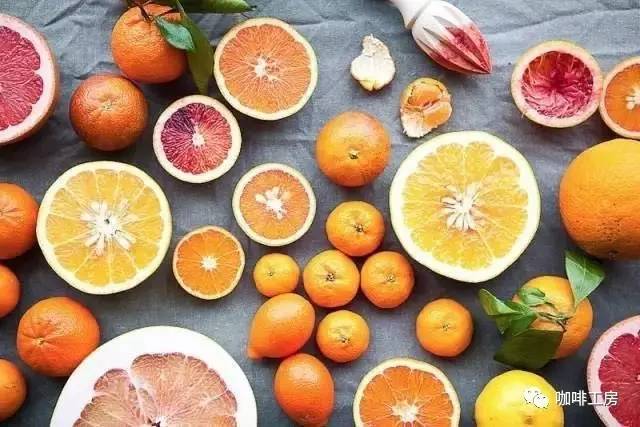
Jamaica Blue Mountain Blue Mountain
Jamaica Blue Mountain, known as Jamaica Blue Mountain Coffee in English, used to be all-powerful in competitions and bidding arenas. Its taste is very balanced and smooth. Because it is planted in the Blue Mountains of Jamaica, the top blue mountain coffee can only be grown at an altitude of more than 2000 meters. The Blue Mountains are the highest mountains around the Caribbean Sea, rich soil and high-altitude climate, bringing the special flavor of coffee here.
Some people say that Blue Mountain can maintain a certain balance of taste at any temperature. Wallenford Estate, Mavis Bank Estate, Silver Hill Estate, Atlanta Estate, MOY HALL and GOLD CUP are the famous estates of Blue Mountain Coffee.
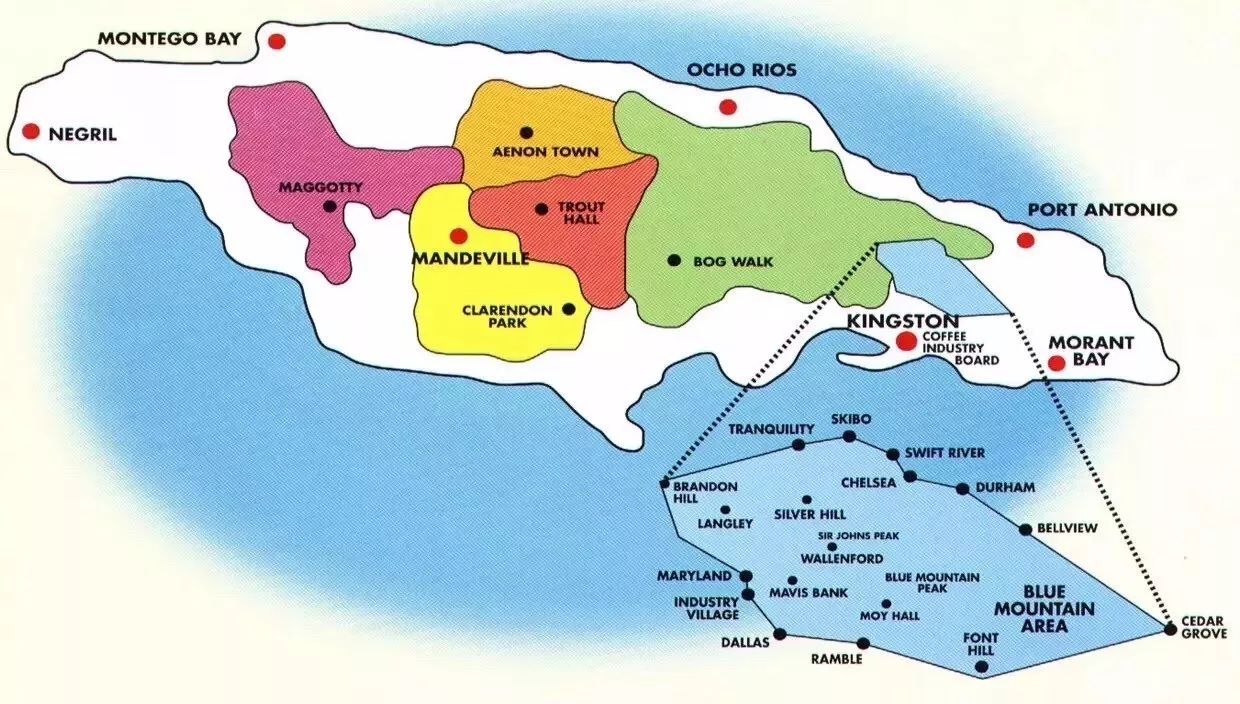
The History of Blue Mountain Coffee
The history of Jamaican coffee can be traced back to the 18th century. The British introduced coffee trees to Jamaica and planted coffee in the Blue Mountains, which is divided into high-altitude Jamaican Blue Mountain Coffee, Jamaican Alpine Coffee and Jamaican Coffee. Different grades also determine different prices.
Jamaican Blue Mountain Coffee
(Jamaica Blue Mountain Coffee), of which Blue Mountain Coffee and Alpine Coffee are each divided into four grades. From top to bottom in terms of quality, NO.1, NO.2, NO.3 and PB,PB are round beans. According to CIB standards, only coffee grown above 666m above sea level is called Jamaican Blue Mountain Coffee.
Jamaican alpine coffee
(Jamaica High Mountain Supreme Coffee Beans) the coffee produced in the Blue Mountain area of Jamaica is called Alpine Coffee, which is second only to Blue Mountain Coffee in quality, and is called the brother breed of Blue Mountain Coffee by industry insiders. Jamaica Blue Mountain caffeine produces very little, so if you want to taste Jamaican flavor coffee, then Jamaican Alpine Coffee is your best choice.
Jamaican Coffee
(Jamaica Prime Coffee Beans). Coffee is grown outside the Blue Mountains and is called Jamaican coffee. It turns out that people in the coffee industry in China generally have a wrong understanding that only coffee grown in the Blue Mountains above 1800 meters above sea level can be called Blue Mountain Coffee. In fact, there is only one manor on the top of the Blue Mountains above 1800, that is, Amber, which is of Chinese descent. The owner of the manor is surnamed Lyn (Lin). Originally from Guangdong, China, the manor has a land area of only 30 hectares and its output is very small. Blue Mountain Coffee is mainly distributed in 5 mountainous areas such as John Crow,St.John's Peak,Mossman's Peak,High Peak,Blue Mountian Peak in the Blue Mountains.
Rose Coffee (Geisha Coffee, Geisha)
Rosy summer coffee, English is Geisha Coffee, because the transliteration is the same as Japanese geisha, and have the name of geisha coffee, but many baristas do not like this title, they think that this coffee should not have the impression of a Japanese geisha, so more and more people use the Chinese name Rosa, literally more beautiful.
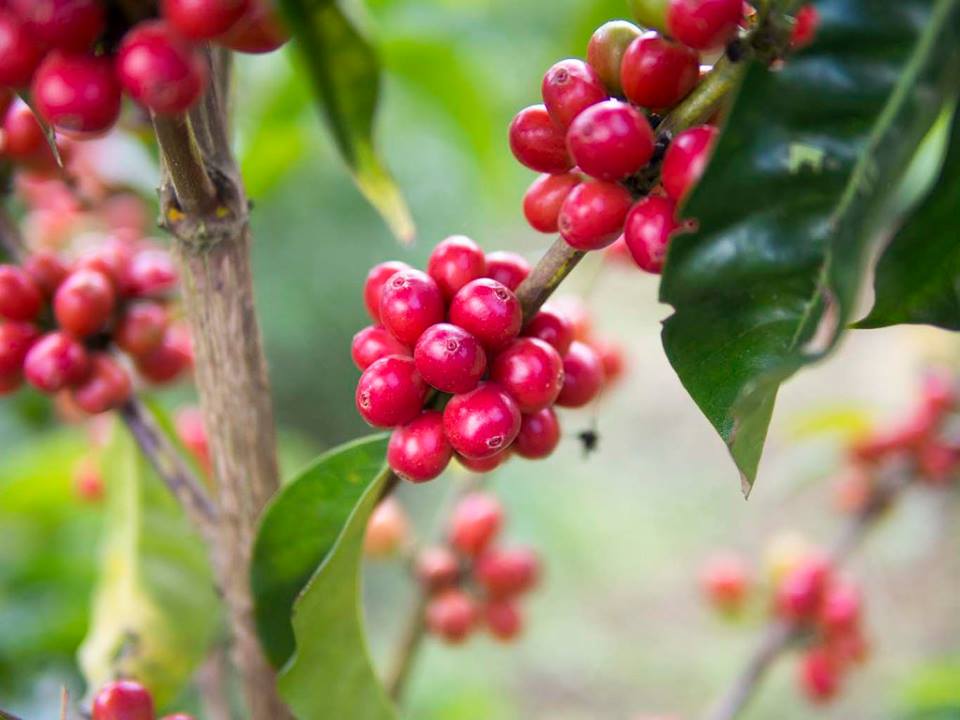
A foreign prince: take root and become king again
Rosa Coffee was carried forward on the estate of Panama, but it is the story of an alien prince who succeeded in becoming the new king. The rose summer coffee species was discovered in Ethiopia, and then transferred from the coffee research institute in Kenya to many African countries such as Uganda and Tanzania. It is a kind of coffee that has not been taken seriously, but only for research.
Later, after someone introduced Rosa into Costa Rica, through the connection of Don Pachi Manor, Rosa coffee was brought into Panama, and some Rosa trees can be seen in each manor because they were used as windbreaks for coffee trees. Yes, you are right that they are windbreaks, and the output of Rosa trees is unstable, often mixed with ordinary coffee beans, not a major coffee bean project. It was not until around the 21st century that any manor found that the taste of Rose Summer was actually very delicious, and he was not sure whether the taste would cater to unruly coffee lovers.
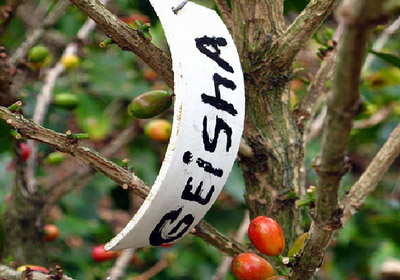
The victorious general of the coffee world
In 2003, Rose Summer won the first place in the Best Panama for the first time, produced by the famous Emerald Manor. Many baristas marveled after drinking Rose Summer for the first time, with the feeling of a Cinderella story. The originally humble windbreak tree turned into a star coffee tree. In the following ten years until today, Rose Xia is still the first choice in the major cup tests and coffee competitions, and it has become the mainstream of the boutique in the market compared with Blue Mountain and Ke Na.
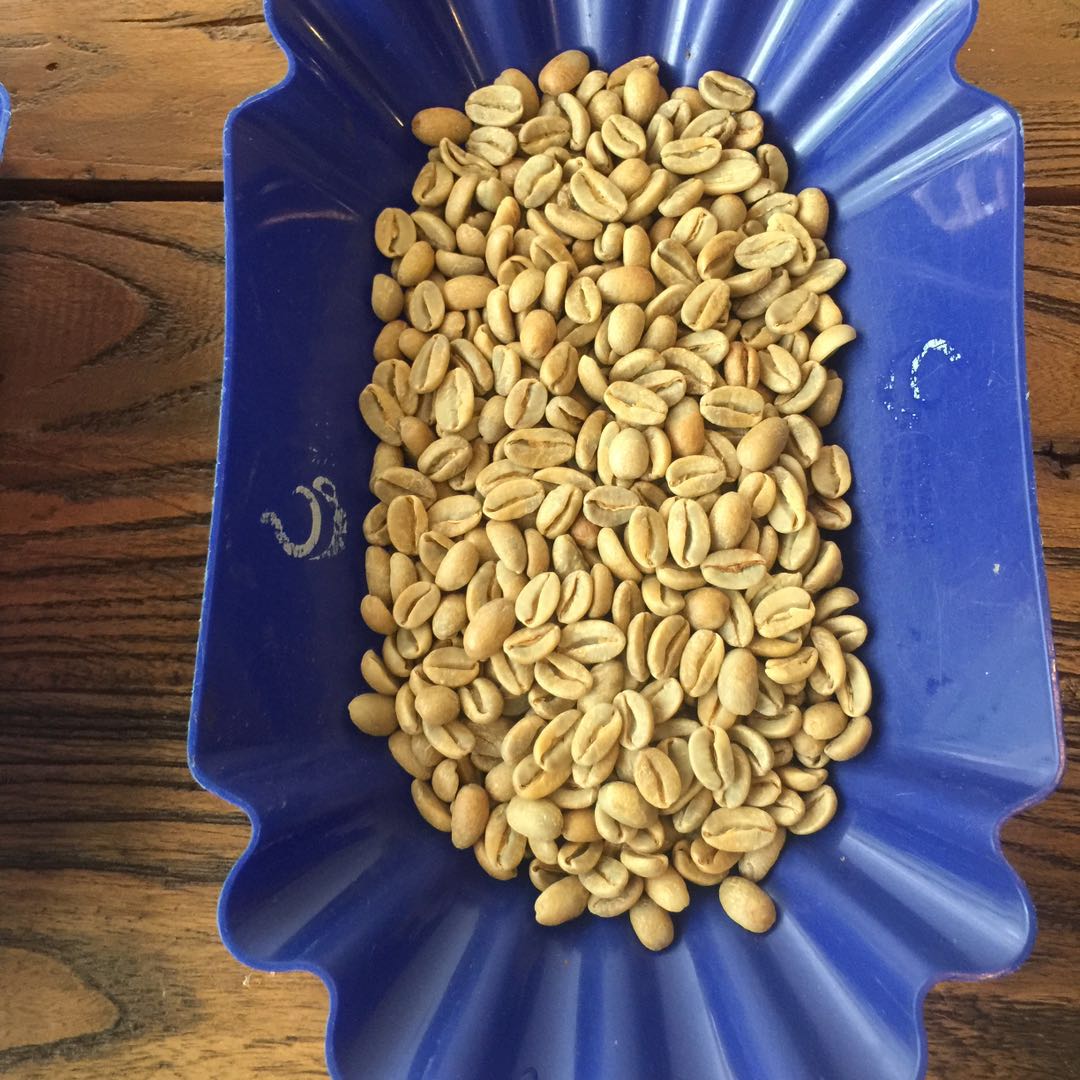
A journey to search for roots
The aforementioned rose summer was found in Ethiopia, so it naturally aroused many explorers to look for the roots of rose summer. Both Willem Boot, founder of La Mula mule estate, and Joseph Brodsky, founder of Ninety Plus, have done this, but there is no special harvest. Nature is so wonderful. There are people growing rosy summer coffee all over the world, even in Taiwan, but it is not as amazing in flavor as Panama, but it is also an excellent coffee bean. I believe that each coffee variety has a most suitable temperature, soil, climate and other factors, it is a pipe dream to easily replicate the taste buds of coffee.
Jamaica Blue Mountains
V
S
Panamanian summer
Today's two protagonists, one is the "sour, sweet, mellow, bitter, perfect" blue mountain of Jamaica, and the other is the Panamanian rosy summer of "fruit bomb, ready to explode". What is the difference in flavor and taste between the blue mountains of Jamaica and the rose summer of Panama?
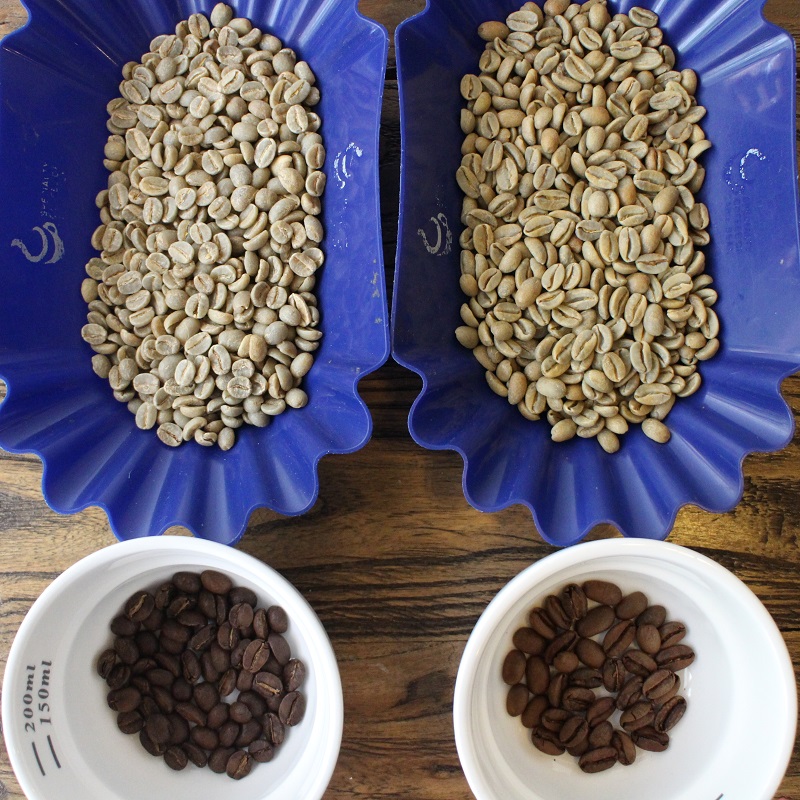
Today, let's do a comparative cup test to measure the performance of the two "bigwigs" in the coffee industry and see which one is more delicious and tastier! There are "beans" is self-willed!
Treatment method
Jamaica Blue Mountains:
Complete washing method (Washed):
The peel, pulp and mucous membrane are removed by washing and fermentation. farms that use the washing method must build washing ponds and be able to introduce an endless supply of live water. During the treatment, the finished beans are put into the pool and passed back and forth, using the friction of beans and the power of running water to wash the coffee beans until smooth and clean.
After washing, at this time, the coffee beans are still wrapped in the pericarp with a moisture content of 50%. They must be dried to reduce the moisture content to 12%, otherwise they will continue to be mellow, moldy and rotten.
The better treatment method is to use sunlight drying, although it will take 1 ~ 3 weeks, but the flavor is very good and very popular.
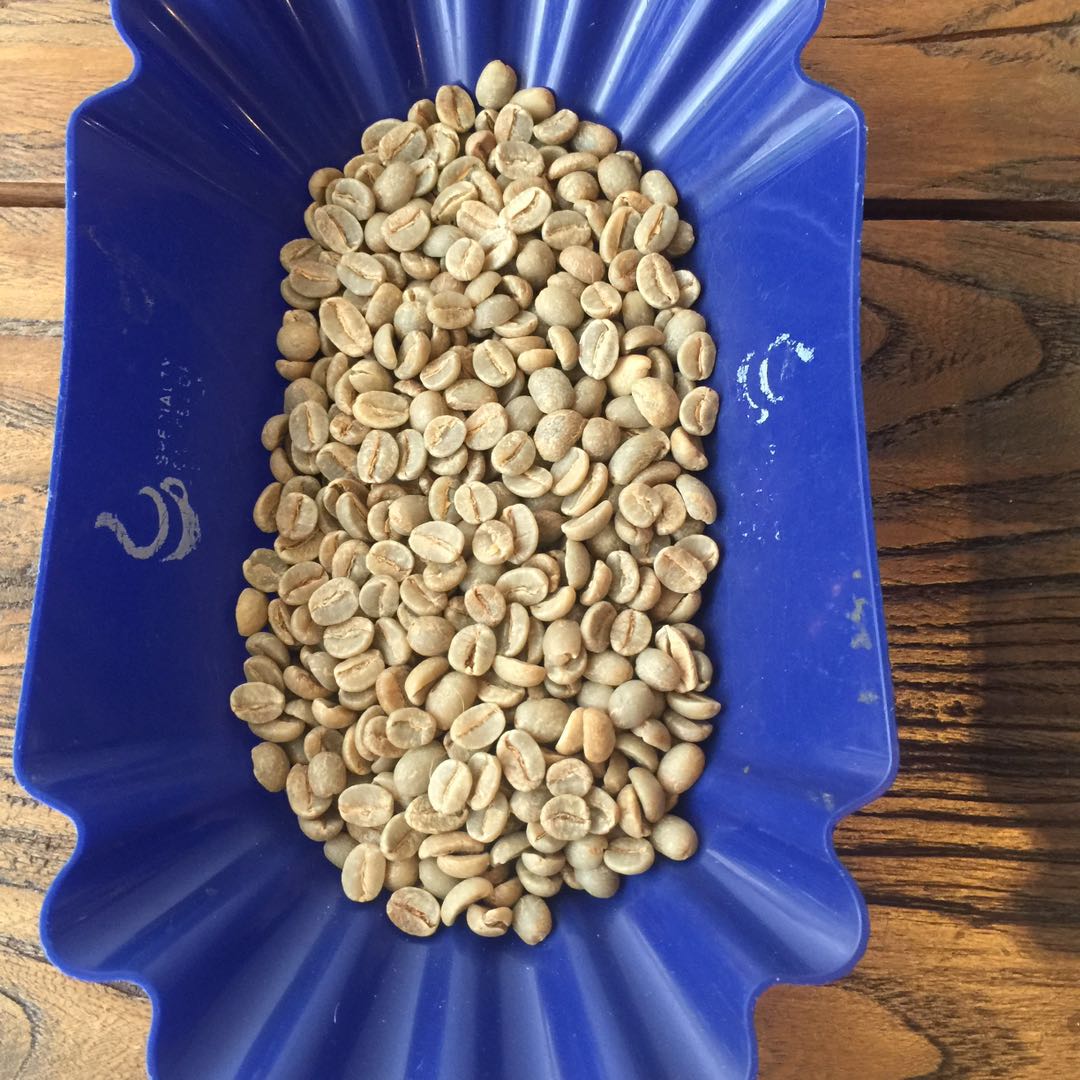
Blue Mountain: tin Card species
Panama Rose Summer:
Natural solarization (Natural/Dried-in-the-Fruit):
The fruit begins the process of sun drying without treatment after picking. This is the oldest method of treatment in existence. The drying process usually lasts about 4 weeks. The method of handling must be very strict to ensure that the coffee does not lose any flavor. The natural sun method requires the local climate to be extremely dry and all-red cherry fruits must be picked by hand to ensure that the defect rate is not too high.
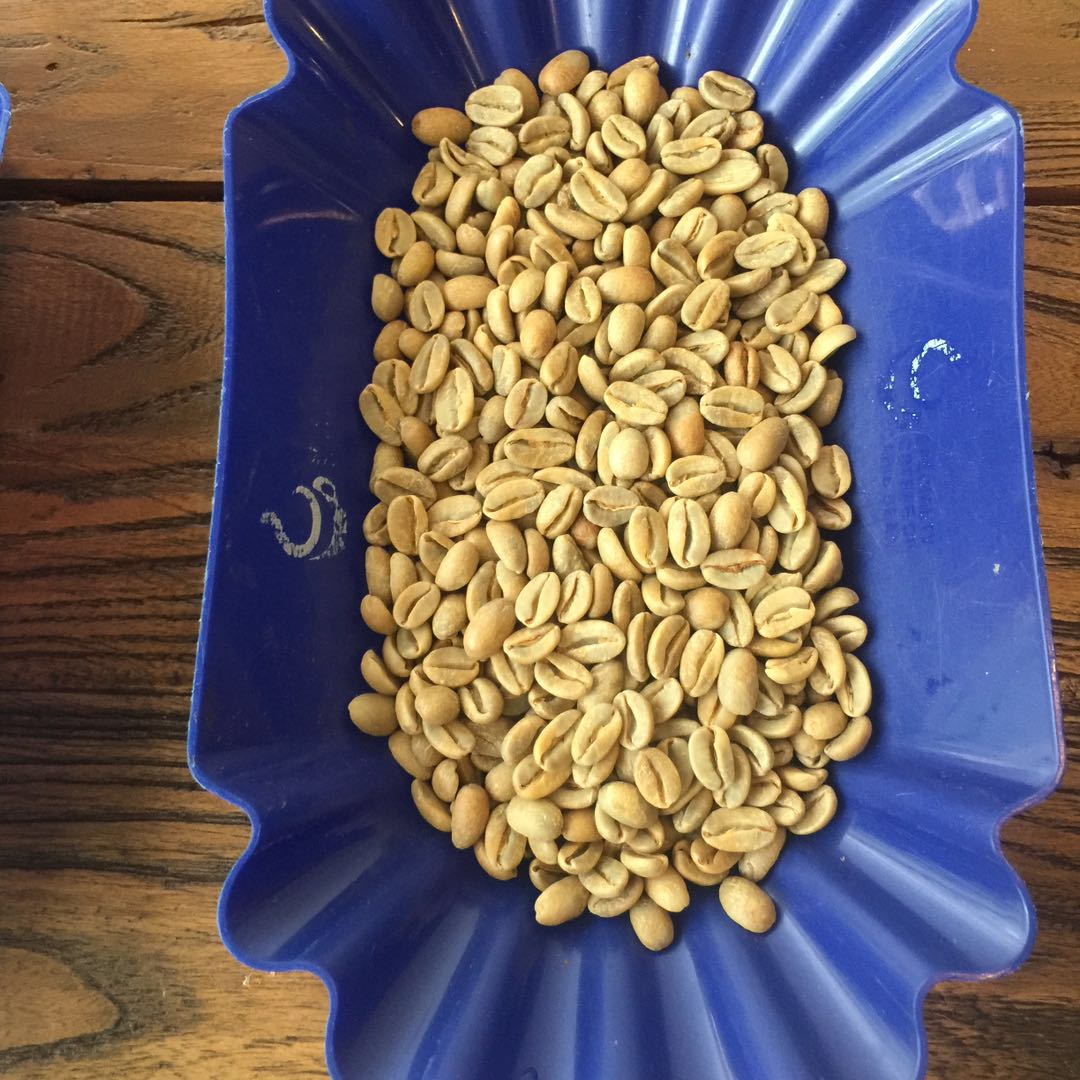
Panama: summer roses
Appearance of coffee beans
Raw beans:
The raw beans in the Blue Mountains of Jamaica are turquoise, the beans are round and slightly smaller, and the overall particle size is uniform.
Panamanian roses summer raw beans are yellowish green, the bean body is long and pointed, the overall particle size is more uniform but not as good as the Blue Mountain.
Cooked beans:
Although the baking degree of Jamaica Blue Mountain is deep, there is still a lot of silver skin.
Panamanian roses have less silver skin in summer. The volume gap between the two has been reduced.
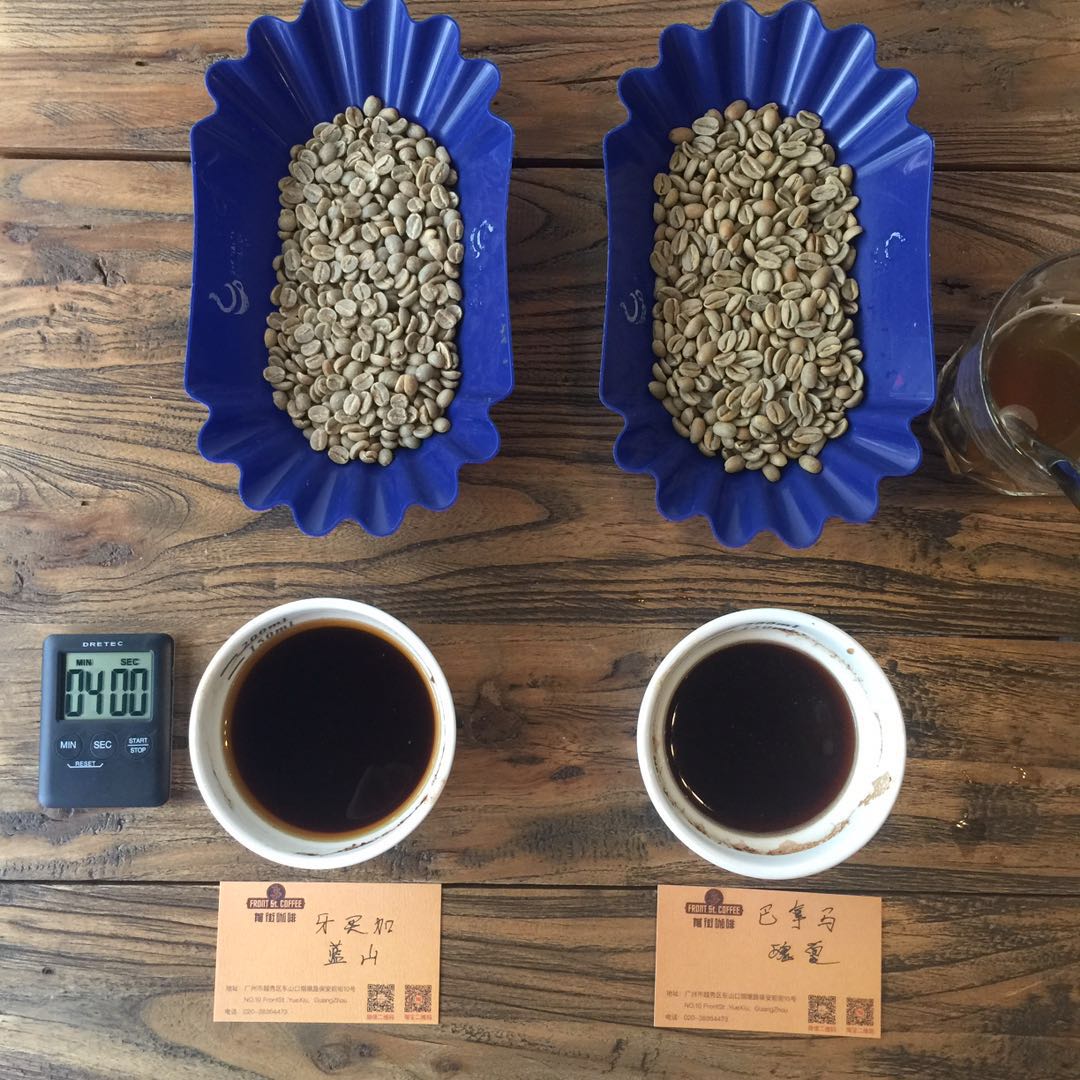
Start cup test
Cup test preparation:
The ratio of water to water: 8.2 Murray 8.3 grams of coffee beans with 150ml water, the ratio of water to powder is 1 to 18.18, and the water temperature should be 94 °C.
Cup test cup: toughened glass or ceramic materials should be used
Cup test capacity: between 207ml and 266ml
Cup mouth diameter: 76-89mm, all cups should be made of the same volume, size and material
Cup test spoons: to use antistatic metal material (mostly stainless steel), each spoon capacity can have 4-5ml.
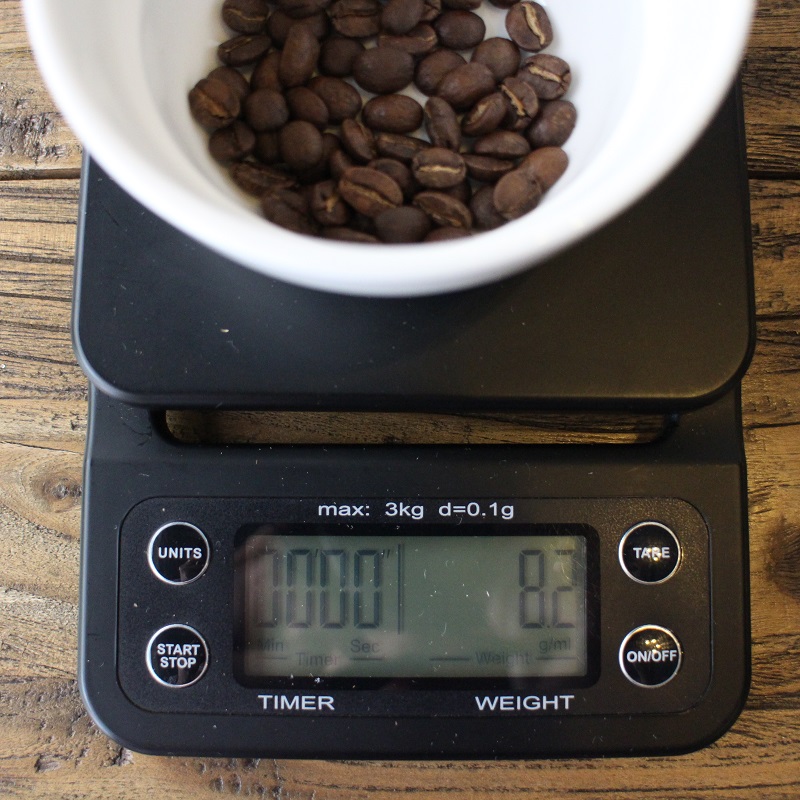
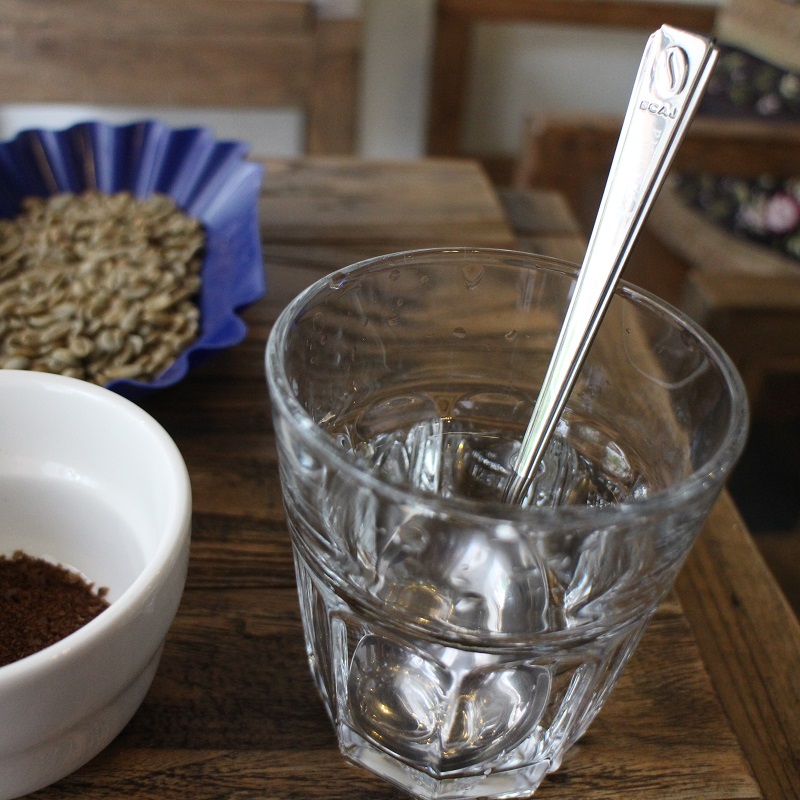
Cup testing process:
1. The beans to be tested in the cup are ground into powder (degree of grinding: BG: 3B).
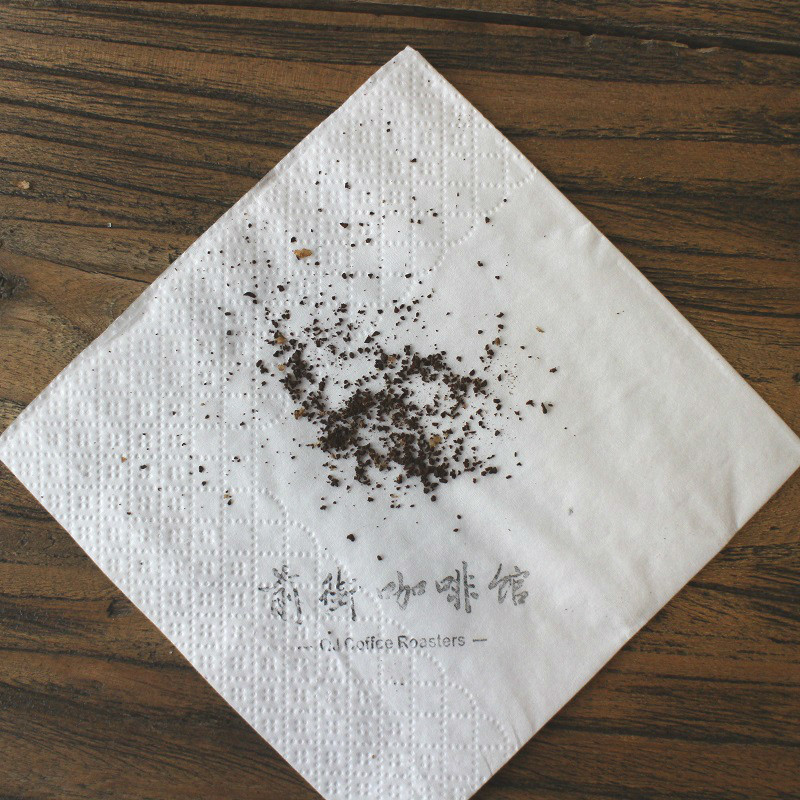
two。 Smell dry aroma
3. Pour hot water (94 degrees) into the cup until it is full and time for 4 minutes.
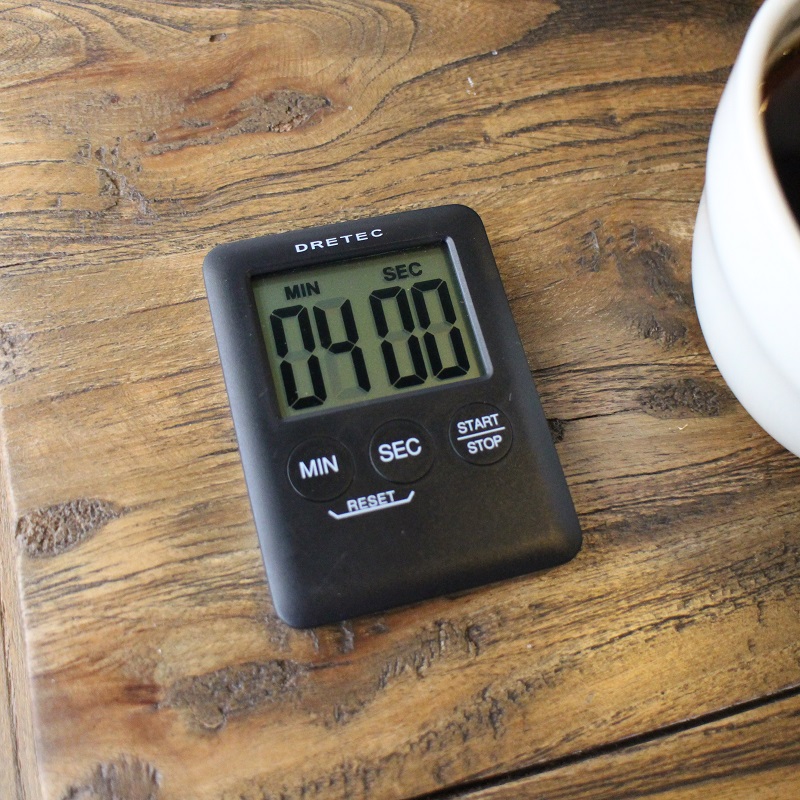
4. At the end of 2 minutes, smell the wet aroma
5. At the end of 4 minutes, the slag can be broken.
"broken residue": use a cup spoon to push away the coffee powder floating on the surface, make the aroma at the bottom burst out, confirm the aroma performance of the coffee, gently stir 3 times with the cup spoon and let stand for 2 minutes.
6. At the end of 2 minutes, you can pick up the slag.
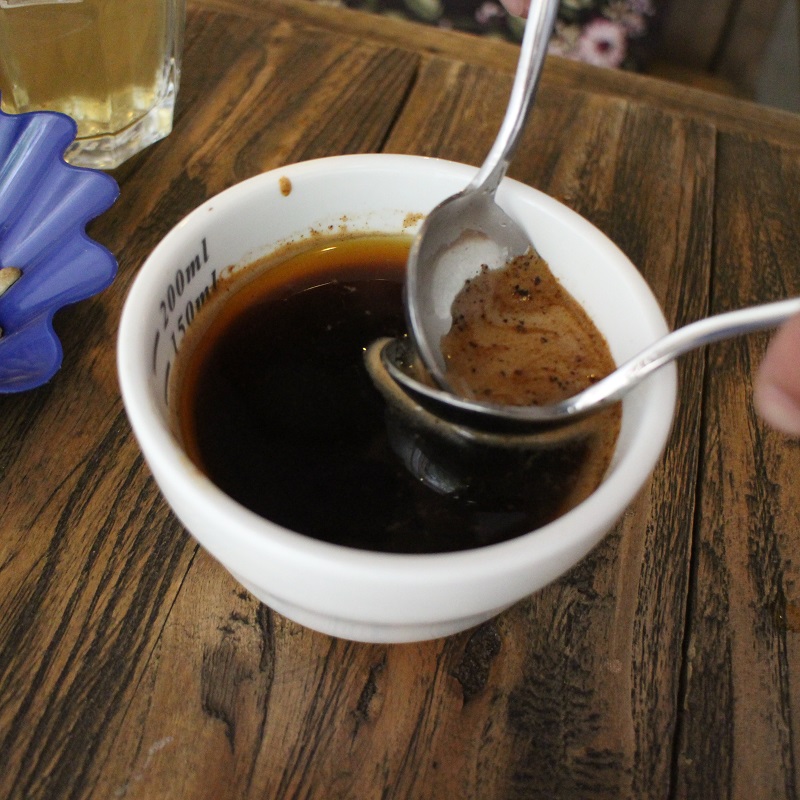
"dregs": use a cup spoon to pick up the foam on the surface, and clean the cup spoon each time to avoid leaving a bad taste to affect the coffee.
7. Scoop up the coffee liquid with a cup spoon and test it by sipping. Sipping will make the coffee liquid fog in the mouth, the flavor molecules can be more clearly displayed.
8. Spit the coffee liquid from your mouth into the spitting cup.
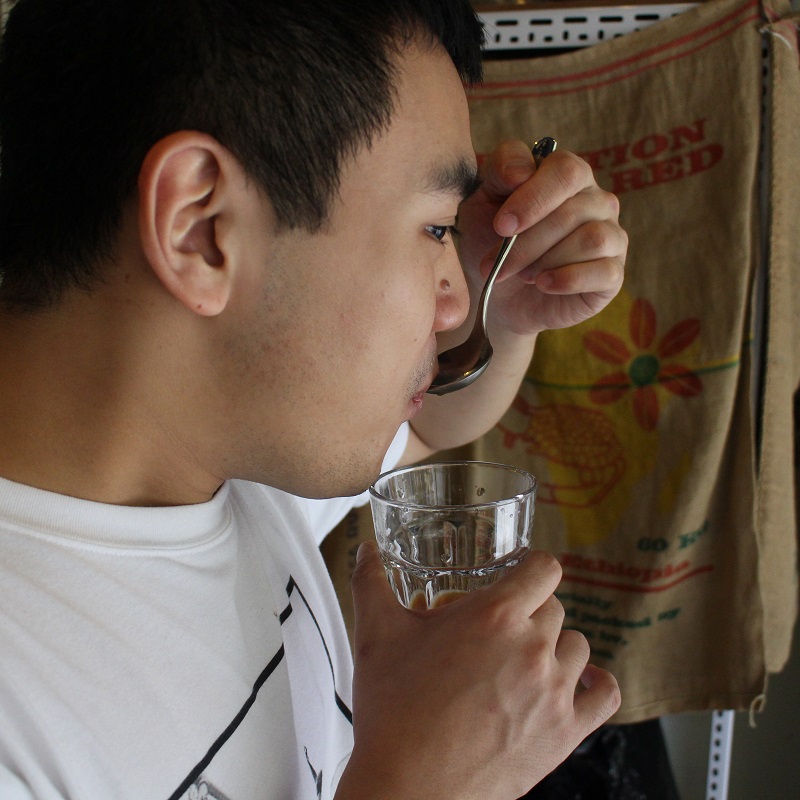
The difference between dry and wet incense:
Jamaica Blue Mountain: dark chocolate; nuts; black sugar.
Panamanian Rose Summer: fruity wine; peaches.
The difference of cup test flavor:
Jamaica Blue Mountain: chocolate; nuts; cream; black sugar. Sweet, sour and bitter taste balanced, moderate and perfect acidity, with a slight fruit aroma.
Panamanian rose summer: strawberry; peach; citrus; floral; wine; dark berry flavor; full flavor, multi-layered sweet and sour range.
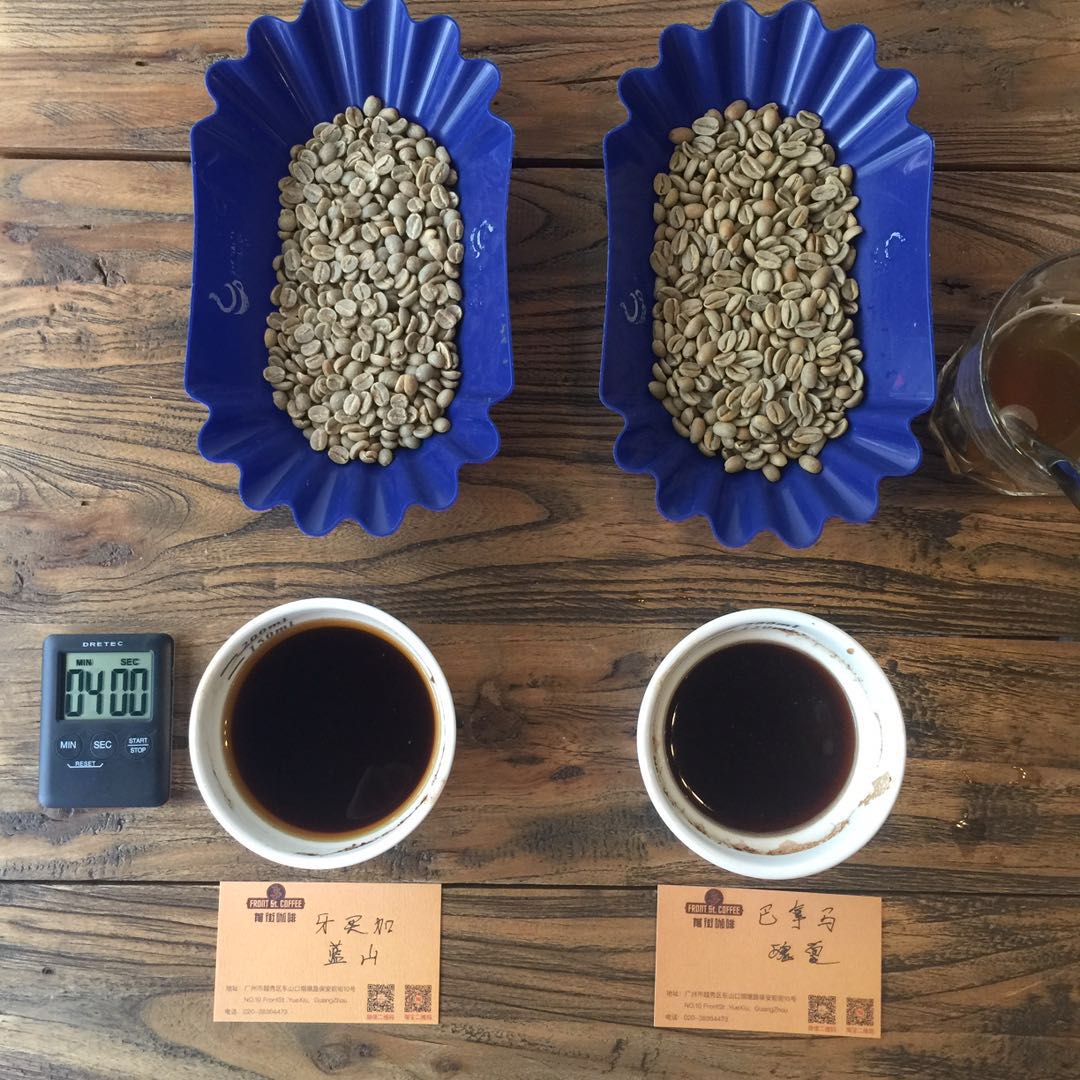
Comparison of cup test scores:
Jamaica Blue Mountains:
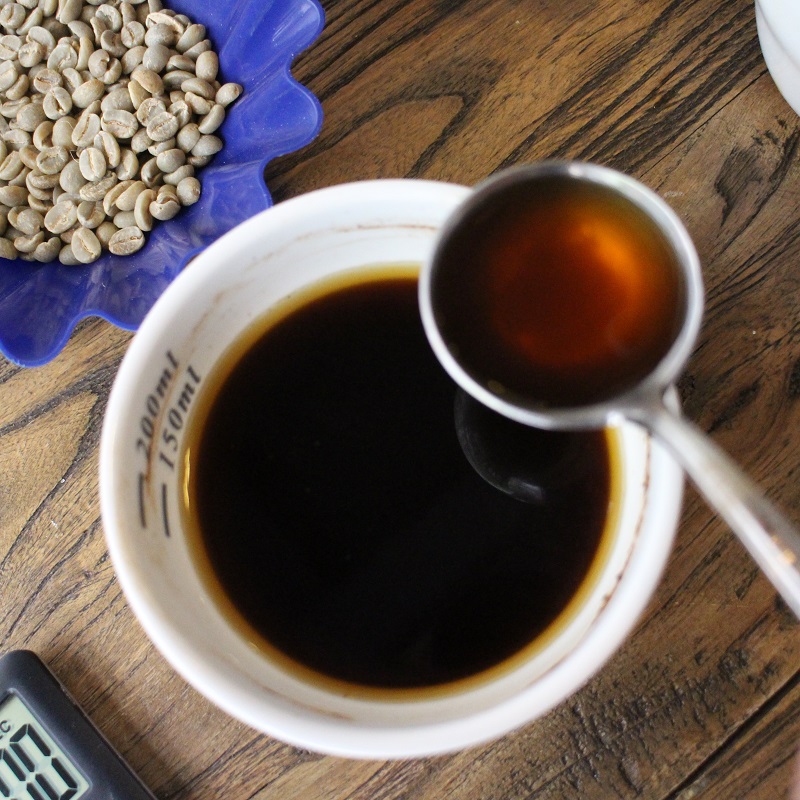
Cleanliness:
Sweet quality:
Acid quality:
Palate:
Flavor:
Aftertaste:
Equilibrium:
Overall evaluation:
Total score: 88.5
Panama Rose Summer:
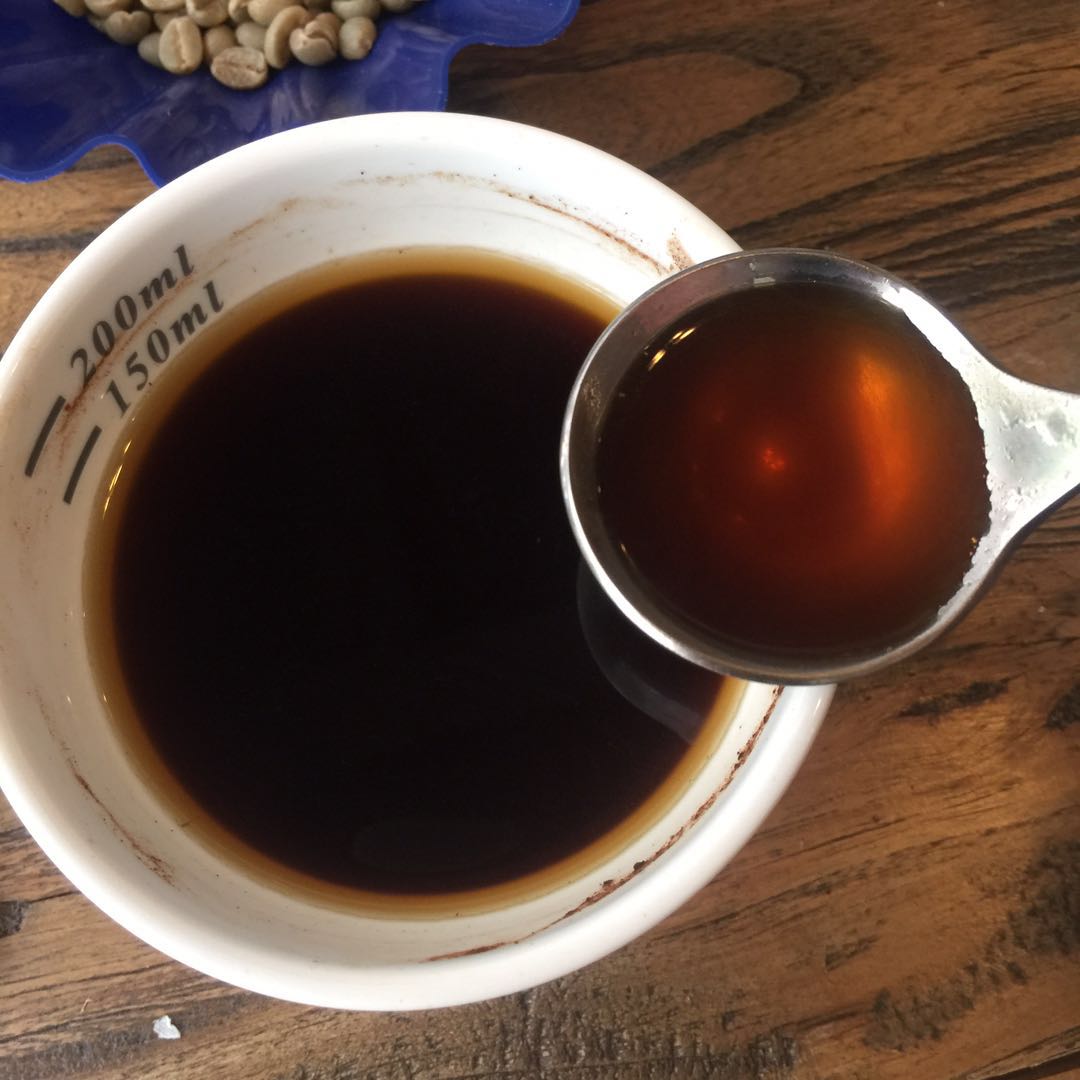
Cleanliness:
Sweet quality:
Acid quality:
Taste:
Flavor:
Aftertaste:
Equilibrium:
Overall evaluation:
Total score: 89.5
[COE cup meter]
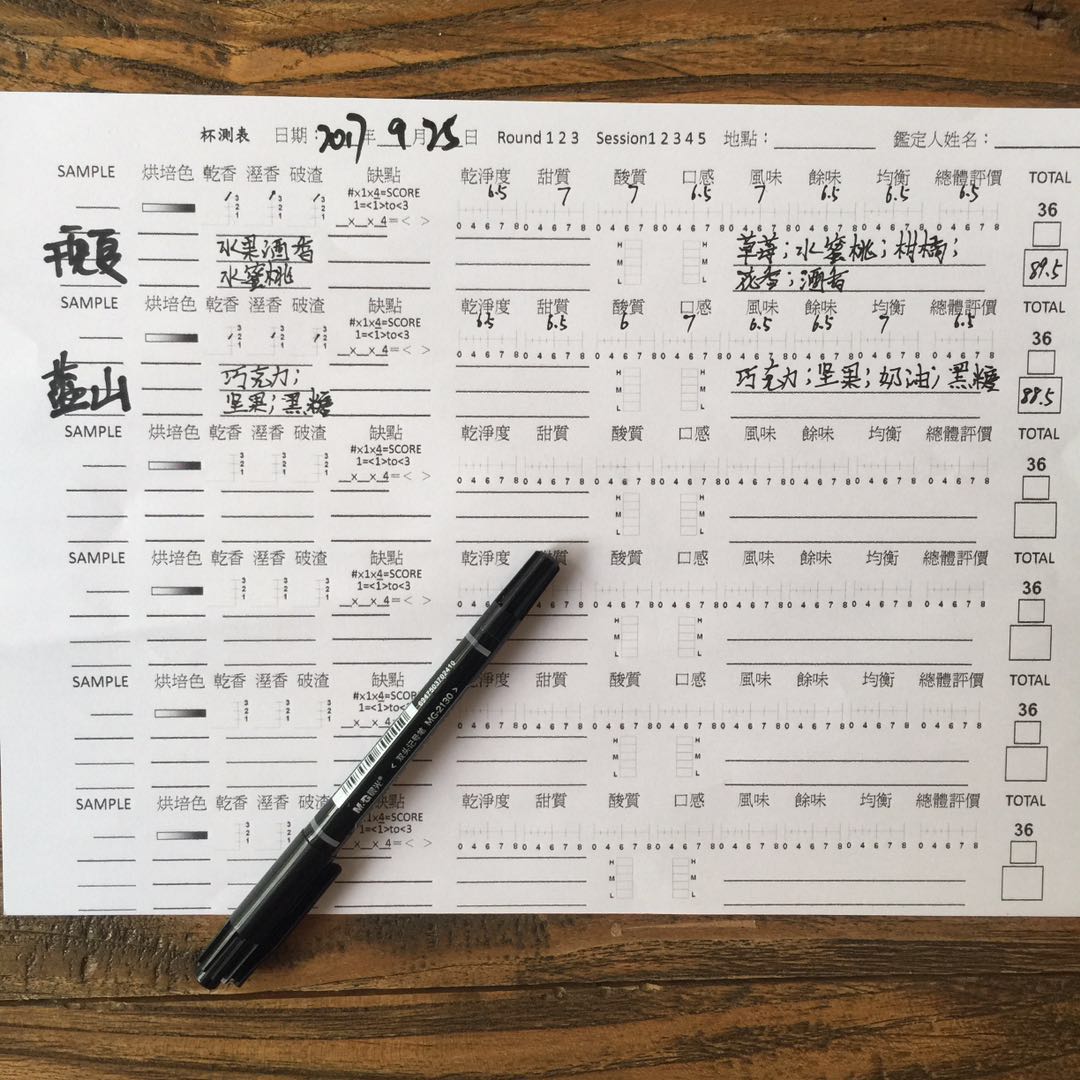
A summary of the scores after several rounds of cup tests.
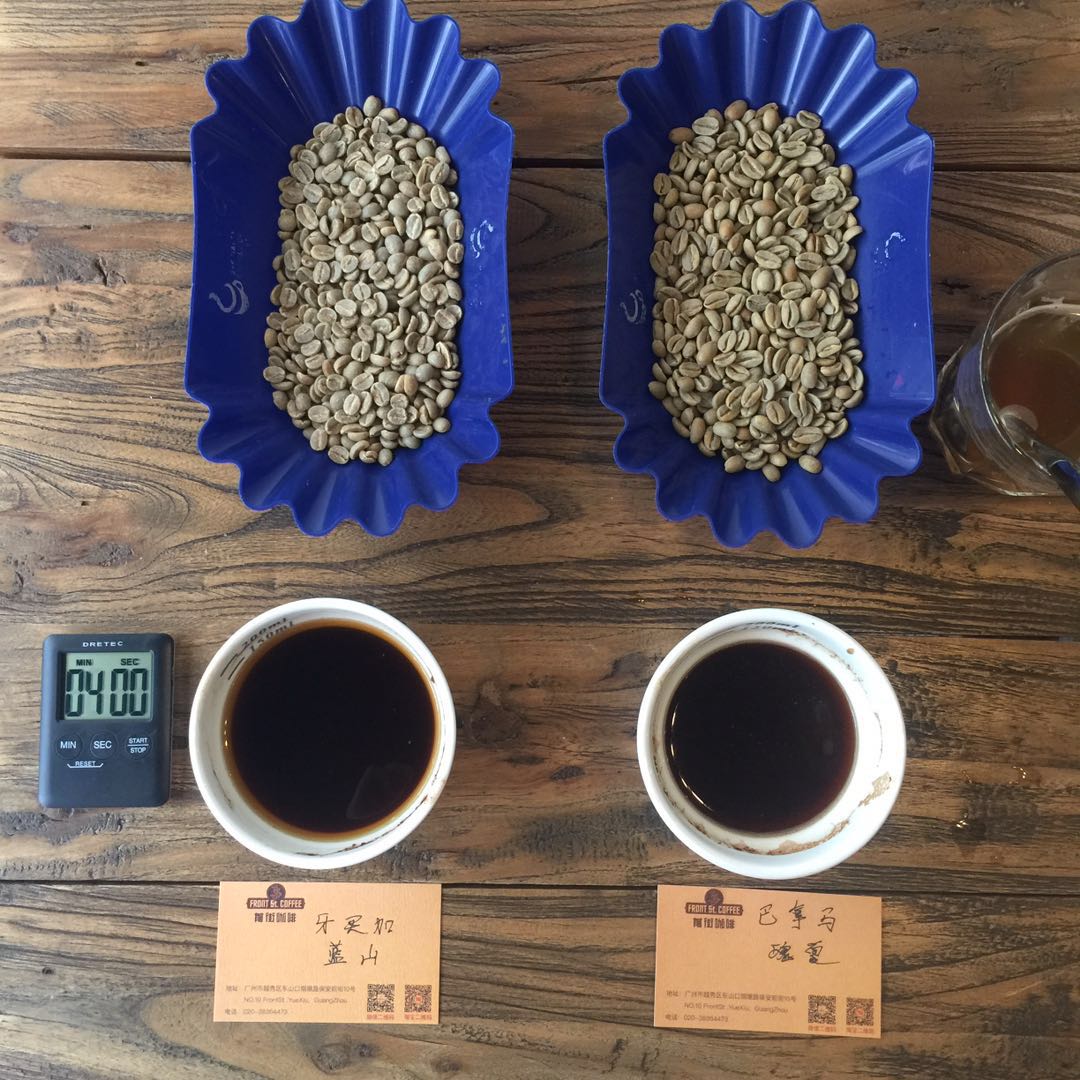
Finally, the conclusion:
Obviously, as far as the cup test results are concerned, the advantage of Jamaica Blue Mountain lies in its balance, no obvious defects and no very prominent flavor, but it is absolutely in line with the "coffee flavor" that most people remember. The most "pure" coffee.
The Panamanian rose summer is also worthy of being the "winning general" of all kinds of cooking competitions. The sense of sweet and sour is explosive, and the recognition degree of flower aroma and fruit acid is very high. Although the degree of balance is slightly lower than that of the Blue Mountains, it is also very balanced, except for those who are very persistent in the bitter taste. It is estimated that no one will have a sense of aversion to Rosa.
Of course, there are many world firsts in the coffee industry, some with the highest sales, some with the highest auction prices, and some with the highest reviews, but there has never been the best coffee-but there must be a favorite.
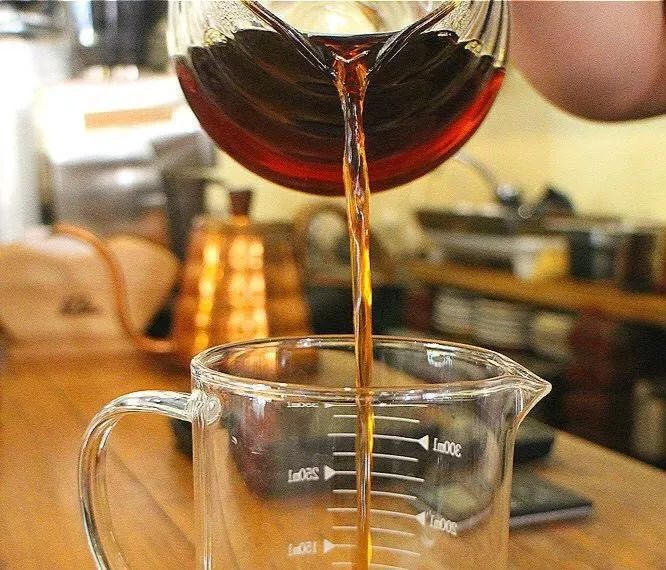
I wonder what kind of coffee is your favorite.
Important Notice :
前街咖啡 FrontStreet Coffee has moved to new addredd:
FrontStreet Coffee Address: 315,Donghua East Road,GuangZhou
Tel:020 38364473
- Prev
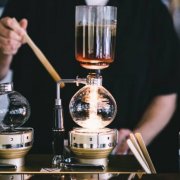
Coffee brewing | about the necessity of stirring and the comparison of corresponding techniques
For the exchange of professional baristas, please pay attention to the coffee workshop (Wechat official account cafe_style). There are all kinds of books about coffee on the Internet in the coffee workshop (official account of Coffee, cafe_style). There are all kinds of comments from different schools, some of them are illustrated by examples, and so are the hard ones. Here are a few blind spots about siphon cooking: soaking: basically, the theory of this way is not to stir as much as possible.
- Next
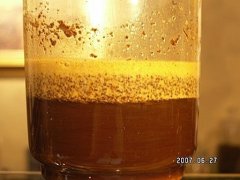
How can the ingredients in siphon coffee be released completely, fully, evenly and consistently?
Professional baristas Please follow the Coffee Workshop (official Wechat account cafe_style) many people are told the time of minutes when learning siphon pots, but when you ask why it is one minute, you will find that no one can tell you. If you really find out the reason, no one can explain it. The best you can do is to explain the taste in one minute according to years of practical experience.
Related
- What is the meaning of lactic acid fermentation with coffee bean treatment?
- How to judge the state of foam by sound?
- How does the latte pull out the unicorn pattern? Come to get for a little trick to improve the flower pull!
- Will flower pulling affect the taste of the latte?
- Do you know the history of coffee?
- The difference between honey treatment and sun washing what is raisin honey treatment?
- What kind of milk can a novice use to make coffee foam to keep the foam longer? The correct method and skills of milking tutorial sharing
- Why do washed coffee beans taste sour? Flavor characteristics of washed Coffee
- Introduction to the skill of how to practice the size and height of water injection around the circle of hand-brewed coffee
- How do beginners practice coffee flower drawing from scratch?

